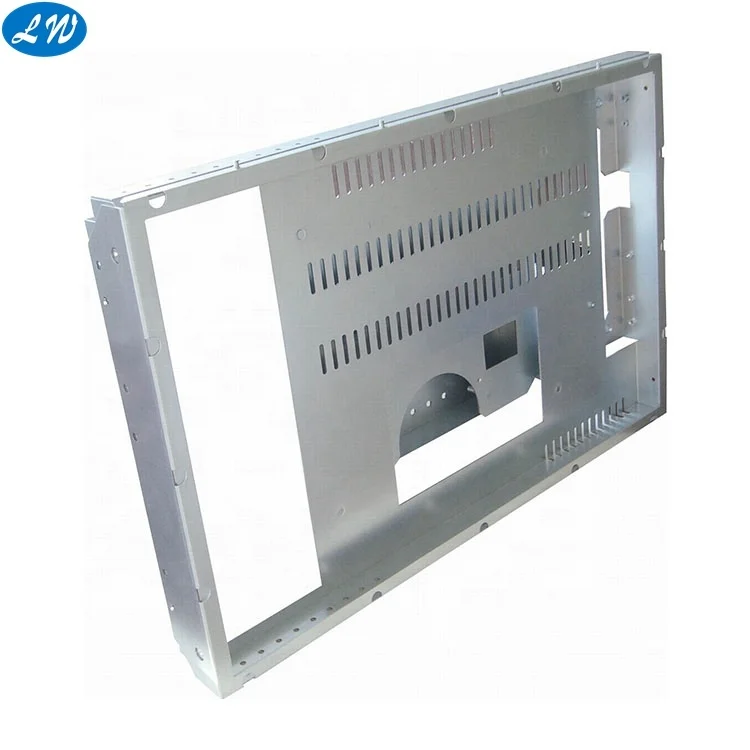

Our equipment/capabilities include shears, punches, turret punch press with auto-load, laser cutting, high definition plasma cutting, press brakes, welding, grinding.

Stainless steel sheet metal fabrication price professional#
When you are looking for professional custom metal fabrication services in the DFW / North Texas area, Lee Metal Fabrication offers exceptional custom steel fabrication for various types of structural, ornamental, and architectural metals for both private and public sectors. Commitment to quality and customer service.Our experienced designers and craftsmen have combined state-of-the-art technology with careful hand-finishing to produce superior quality custom-fabricated stainless steel, metal and millwork products that withstand the stresses of continual commercial use. If you require fabricated sheet metals products, no matter how unique, Lee Metal Fabrication can accommodate you. Lee Metal Fabrication has been serving the Dallas / Fort Worth, Texas area since 1968 and offers a wide range of capability's including flat sheet laser cutting, plasma cutting, machining, forming, rolling, welding, assembly, and other metal fabrication.

Whether you have small quantities, or large production runs, we are here to make sure your job is completed as smooth and efficient as possible. It is found everywhere, from the springs in tanks to the fuel lines carrying vehicle exhausts.Lee Metal Fabrication is your one stop shop for all of your metal fabrication needs. Since WW2, stainless steel has also played a key role in the defense sector. A good quality piece of stainless steel serves as a buffer against the damaging effects of wind and water, maintaining safety and stability. When it comes to infrastructure, the corrosion resistance of stainless steel helps extend the lifespan of structural and architectural projects. In the medical industry, stainless steel is found in nearly all the equipment that doctors use in their work as well as the many of the small, intricate parts of hospital machinery (such as the EKG or ECG) for monitoring patients. These applications can include food handling/processing (i.e., kitchen sinks, cutlery), medical instruments (i.e., thermostats), hardware, appliances, and structural/architectural uses (i.e., bridges, airport roofs). Unlike ordinary steel, stainless isn’t prone to corrosion, rusting or staining from water exposure – giving it many versatile applications.

The most common of these steps include hot rolling, cold rolling, annealing, descaling/ pickling, cutting and finishing. You can have everything from stainless steel tubing and stainless steel pipes to a stainless steel bar and stainless steel sheet.ĭepending on which grade or shape is being produced, a piece of stainless steel may go through some processing steps multiple times before reaching the desired appearance or characteristics. Stainless steel also comes in many different shapes and dimensions. There are more than 100 grades of stainless steel – most are classified into five groups in the family of stainless steels: The exact composition is strictly measured and assessed throughout the alloying process to ensure the steel demonstrates the required qualities. Other elements can be added to increase corrosion resistance (nickel) and formability (molybdenum). This type of steel also contains varied amounts of other elements such as carbon, silicon and manganese. Once stainless steel is put into service, it does not need to be treated, coated or painted.īesides resistance to corrosion, stainless steel is known for its: This layer prevents corrosion from occurring on the steel surface the greater the amount of chromium in the steel, the greater the corrosion resistance. The chromium content produces a thin chromium oxide film on the steel’s surface called a passivation layer. Stainless steel is an iron alloy that has a minimum chromium content of 10.5%.


 0 kommentar(er)
0 kommentar(er)
